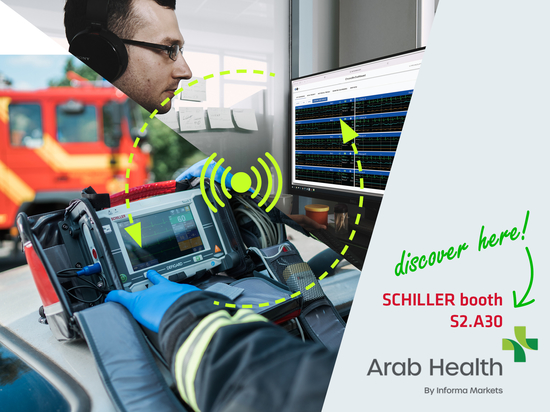
#Product Trends
Revolutionary patient monitoring in the MRI environment
The MAGLIFE RT-1 has been engineered to meet the needs of today’s complex MRI environment.
Monitoring of patients in the MRI environment is not often an easy task, particularly for those under anesthesia such as children or neonates. Patient monitoring in the MRI room allows physicians to remain informed of changes to the patient’s vitals that may otherwise go undetected.
The MAGLIFE RT-1 has been engineered to meet the needs of today’s complex MRI environment. With the MAGLIFE RT-1, SCHILLER extends its monitoring range with a complete and innovative device. The MAGLIFE RT-1 performs patient monitoring in an MRI environment, including all necessary vital parameters. The system is designed for all patients: adults, children, and neonates. Use of the MAGLIFE RT-1 is versatile, designed for everyday use, from monitoring under anesthesia to cardiac imaging.
The MAGLIFE RT-1 allows close monitoring during the examination and can be fully controlled from the MAGSCREEN RT-1 placed outside the Faraday cage. This allows to view the patient’s vital parameters (curves and values) either in the MRI room, or from the control room. Thanks to the intuitive 15”6 touch screen interface, the user has the possibility to adjust the display of all vital parameters and functions for a better medical analysis. The MAGLIFE RT-1 demonstrates robustness regarding the gradients artefacts allowing it to be placed at 50cm of the MRI machine and used with any MRI systems that have a field strength between 0.2 and 3 Tesla.
What makes this device a cutting edge monitor is the use of wireless technology for the SpO2 and ECG sensors. The sensors are easily paired to the device via Bluetooth and are stored in the integrated charging station. This technological innovation for ease of use is more reliable, more robust and is suitable for all type of patients, even premature babies.
Alongside with the ECG and SpO2, the MAGLIFE RT-1 also monitors other parameters:
• NIBP (standard)
• IBP (optional)
• etCO2, anesthetic agents, O2, N2O (optional)
• Spirometry (optional)
• Temperature (optional)
With the optional spirometry measurement SCHILLER shows itself to be a precursor. The spirometry option also allows the patient’s respiratory mechanics under anesthesia to be monitored during the MRI examination, in addition to the anesthetic agent surveillance.
SCHILLER uses direct temperature measurement by optical interferometry. Using this optical measuring principle for temperature guarantees safe operation and immunity to electromagnetic interference.
For the wireless data transmission, the MAGLIFE RT-1 communicates with the remote display unit MAGSCREEN RT-1 via optic fiber, Ethernet, and WLAN, offering a safe Faraday cage penetration.
For a better MRI examination documentation, HL7 and Dicom communication will soon be available, allowing physicians to share the MAGLIFE RT-1 examination data (vital trends) with other hospital medical departments.





